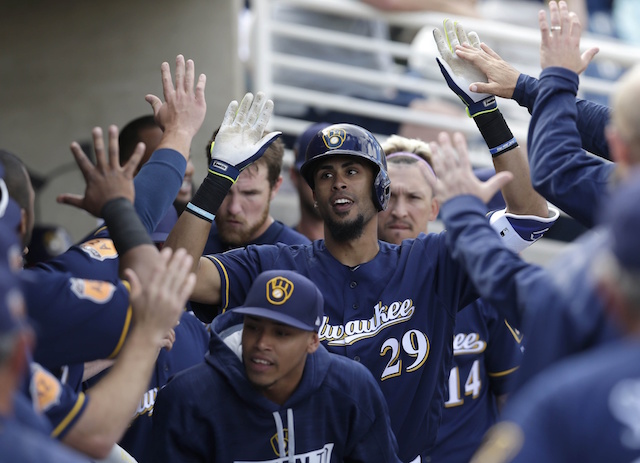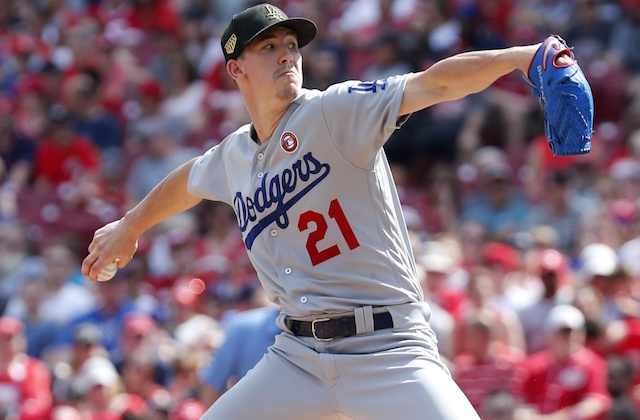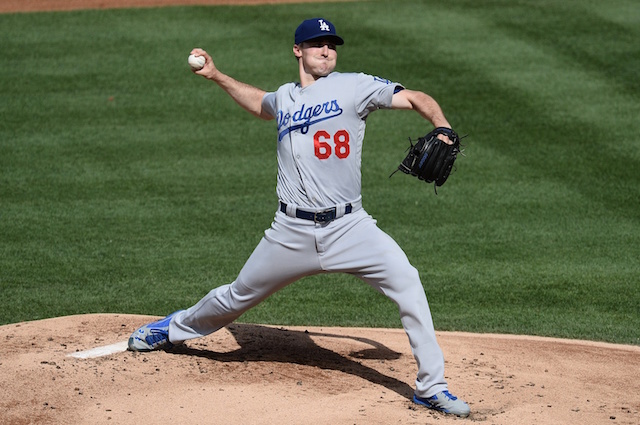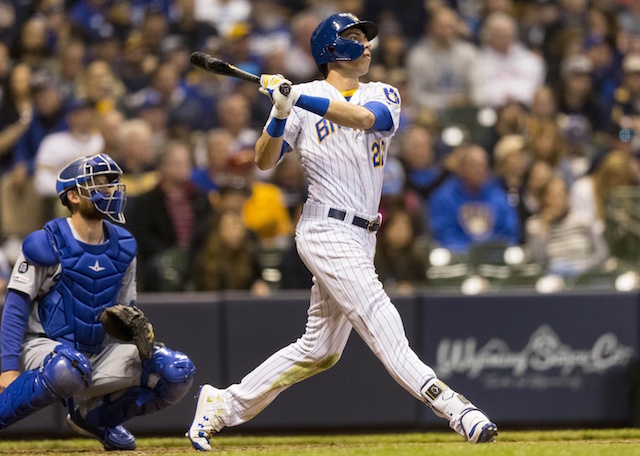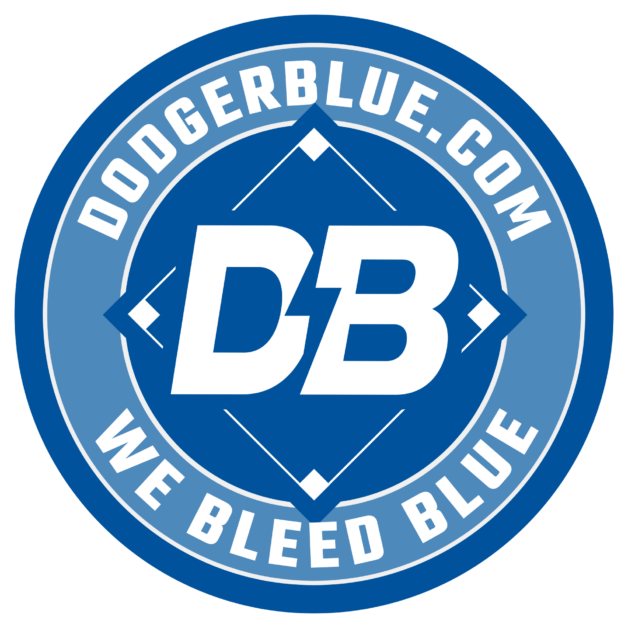The bottom half of the Los Angeles Dodgers’ top 10 prospects is more evidence of the organization’s strength in right-handed pitching and up-the-middle bats. And once again, the next batch of prospect rankings feature players who were acquired by various methods.
Dodgers president of baseball operations Andrew Friedman has placed a premium on draft picks and Nos. 6-10 are representative of early-round selections, a late-round steal, significant trade, and a substantial international signing bonus.
10. Jharel Cotton, RHP
Cotton was a 2012 draft pick, taken in the 20th round out of East Carolina University. The Virgin Islands native was selected by the New York Mets in the 28th round of the 2011 draft out of Miami-Dade, but transferred to ECU and saw his stock rise.
After signing, Cotton moved quickly through the ranks, reaching Double-A in his first full season in 2013. The right-hander posted a 4.01 ERA through three levels that season, then settled in with High-A Rancho Cucamonga in 2014.
Cotton maintained his four-ish ERA with the Quakes and impressed in Spring Training last year, and with it came an outside chance to make his Major League debut that season. But, a broken wrist in Spring Training cost him time and ultimately, his big break.
Listed at 5’11 and 195 pounds, Cotton isn’t a conventional pitcher, but he gets results thanks to two plus pitches. He starts with his fastball that generally sits 91-93 mph, but was 93-95 mph this spring.
The fastball doesn’t have a ton of movement but Cotton throws from a high arm slot, allowing him to get some plane despite his lack of prototypical height. His changeup is his go-to secondary offering.
He gets good velocity separation, as it generally comes in at 76-78 mph and it generates swings and misses because of its deception. Cotton is not afraid to throw it back-to-back or when behind in counts. His curveball lags behind the other two pitches, which gives some evaluators pause in projecting him as a starting pitcher.
However, Cotton does a good job of changing hitters’ eye levels, pitching up with the fastball and down with the change. His command is solid, given his 2.6 walks per nine in the Minors and his delivery is pretty clean.
There was an outside chance Cotton could have been a September call-up last year, as he made a late-season appearance with Triple-A Oklahoma City as a reliever and pitched well in his first few appearances before getting hit around in a fourth.
Now that Cotton is on the 40 man roster, he should get serious consideration for a big league rotation or bullpen spot sometime this season. He’ll return to OKC to start the year as a starter and should make his MLB debut by September.
9. Austin Barnes, C
One of four players acquired in the Dee Gordon trade with the Miami Marlins, Barnes is a Riverside, Calif. native who was selected in the ninth round of the 2011 draft out of Arizona State.
He switched back and forth between catcher and second base in his first two years as a pro, before becoming a primary catcher in 2013. He’s produced well in the Minors, batting .300 with 40 homers and 43 steals in 500 games.
Barnes offers both offensive and defensive potential from behind the plate, making him a potential impact player at the major league level. On offense, he displays strong pitch recognition and plate discipline, having walked more than he’s struck out as a pro.
He’s a line-drive hitter with average power potential, capable of posting double-digit home run totals in the Majors. He’s a good baserunner for a catcher, able to swipe a bag here and there.
Defensively, Barnes has improved behind the plate, particularly with his pitch framing. Baseball Prospectus ranked him as the second best framer in all of baseball last year, behind Yasmani Grandal.
Barnes a very quiet receiver with soft hands and he moves well behind the plate. His arm and release are solid, as he gunned down almost 28 percent of attempted base stealers last season in the Minors. Barnes can also handle himself at second base, with solid range and a good arm.
Versatility is a strength for Barnes, though his value is in his ability to catch and get on base. However, with Grandal under control through 2018, there isn’t a clear path to the Majors for Barnes in the Dodgers’ organization.
That could lead to him being a key trade asset during the next few deadlines.
CONTINUE READING: Closing in on the top five Dodgers prospects






